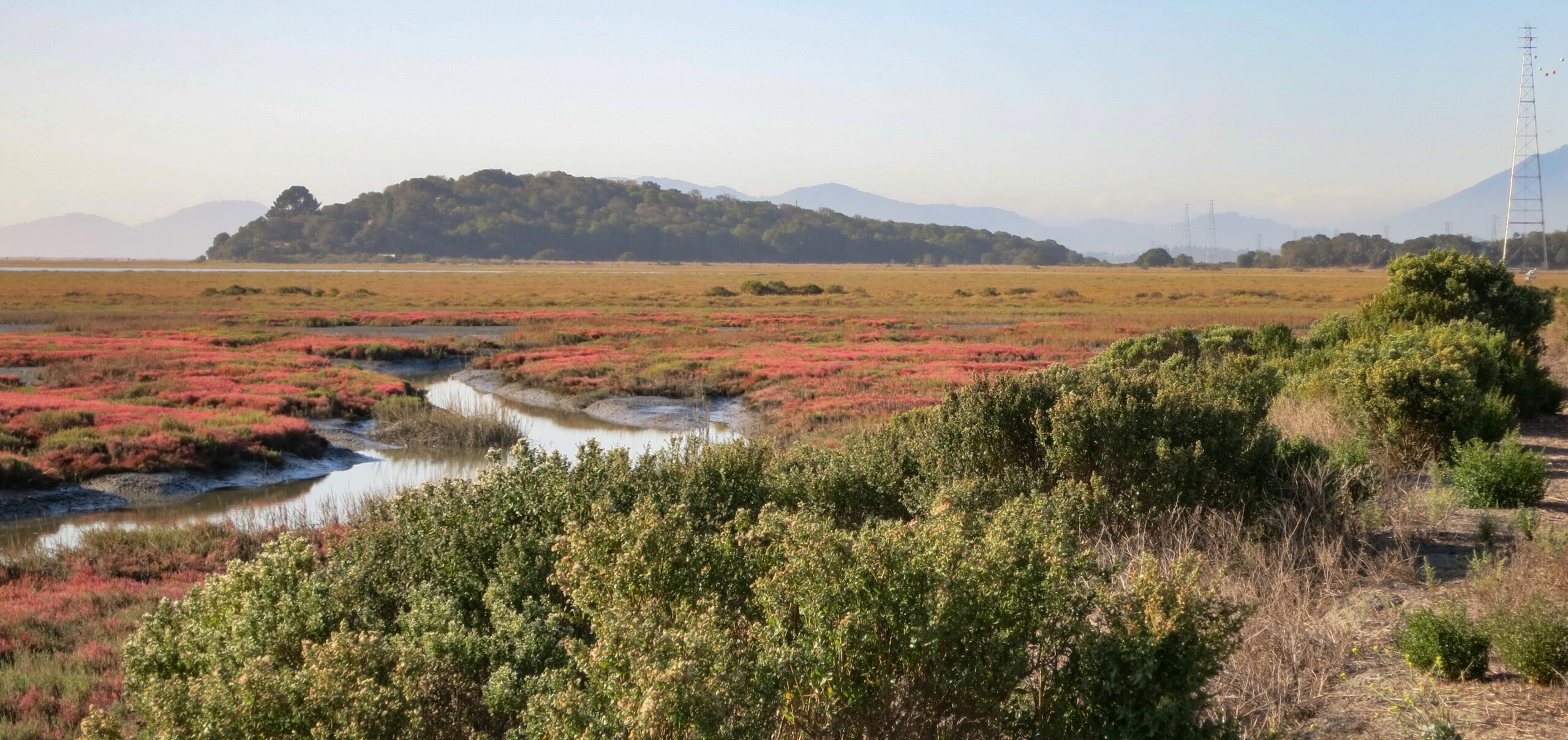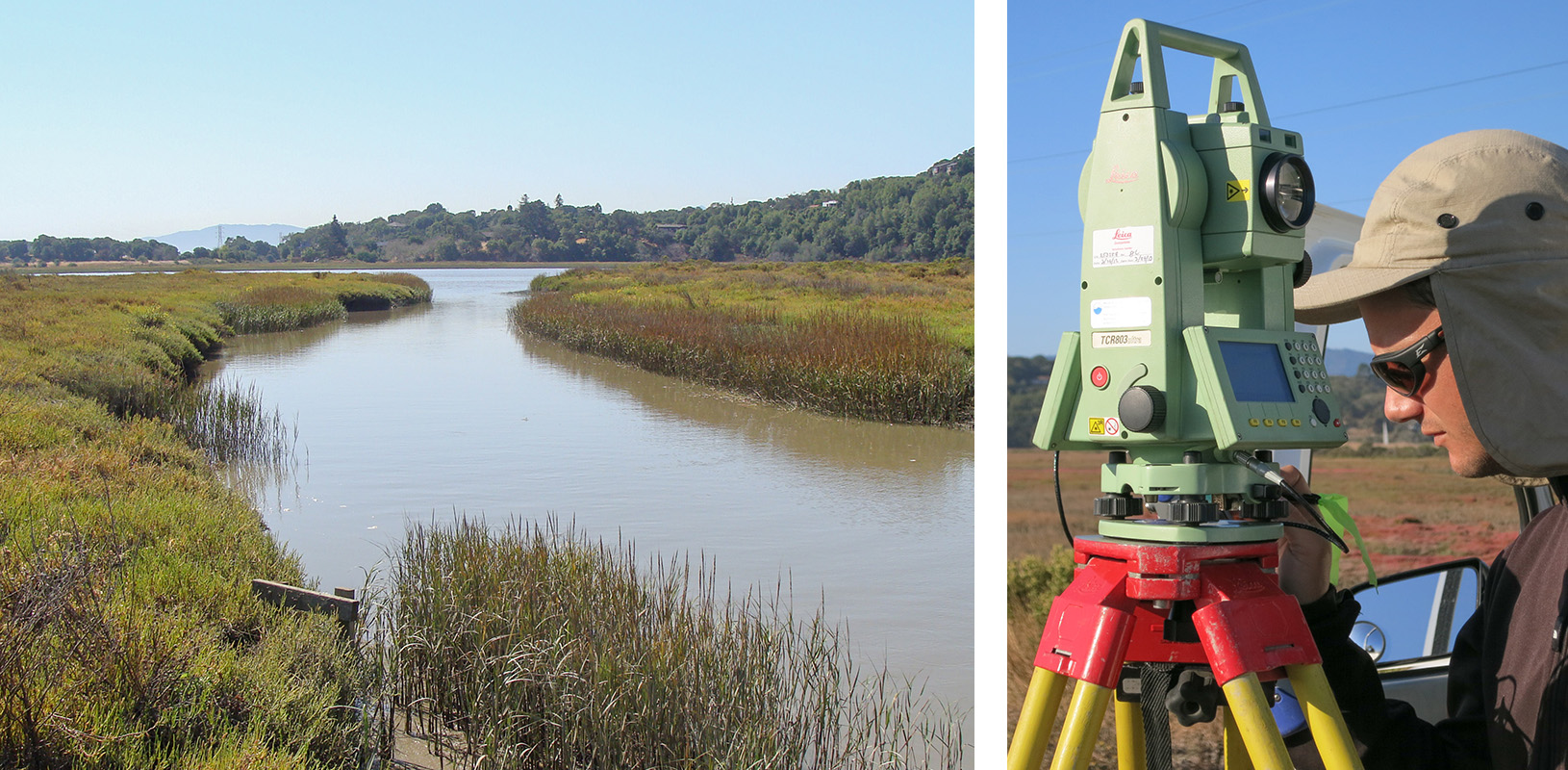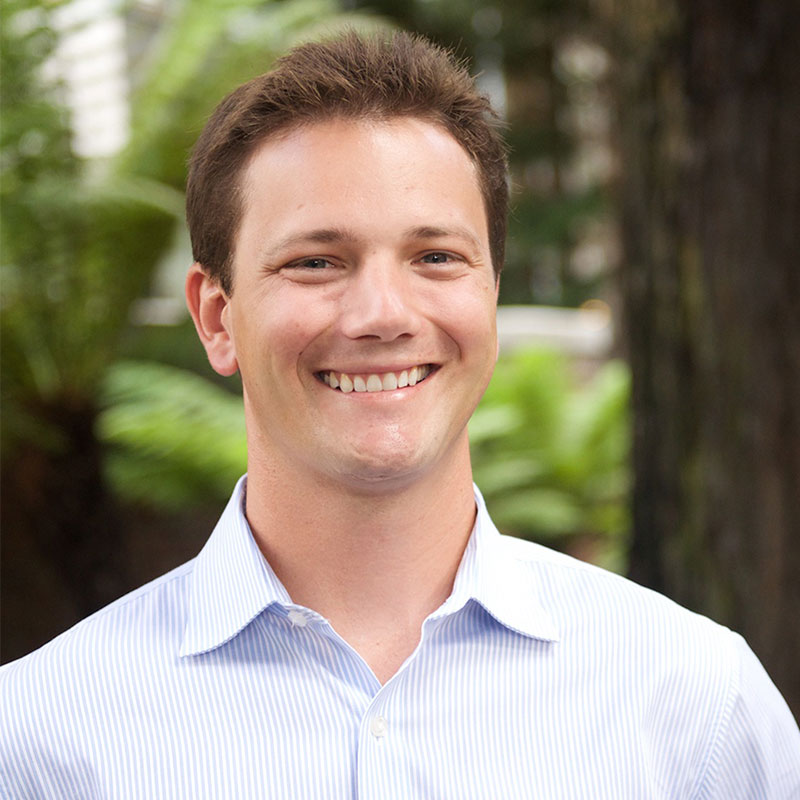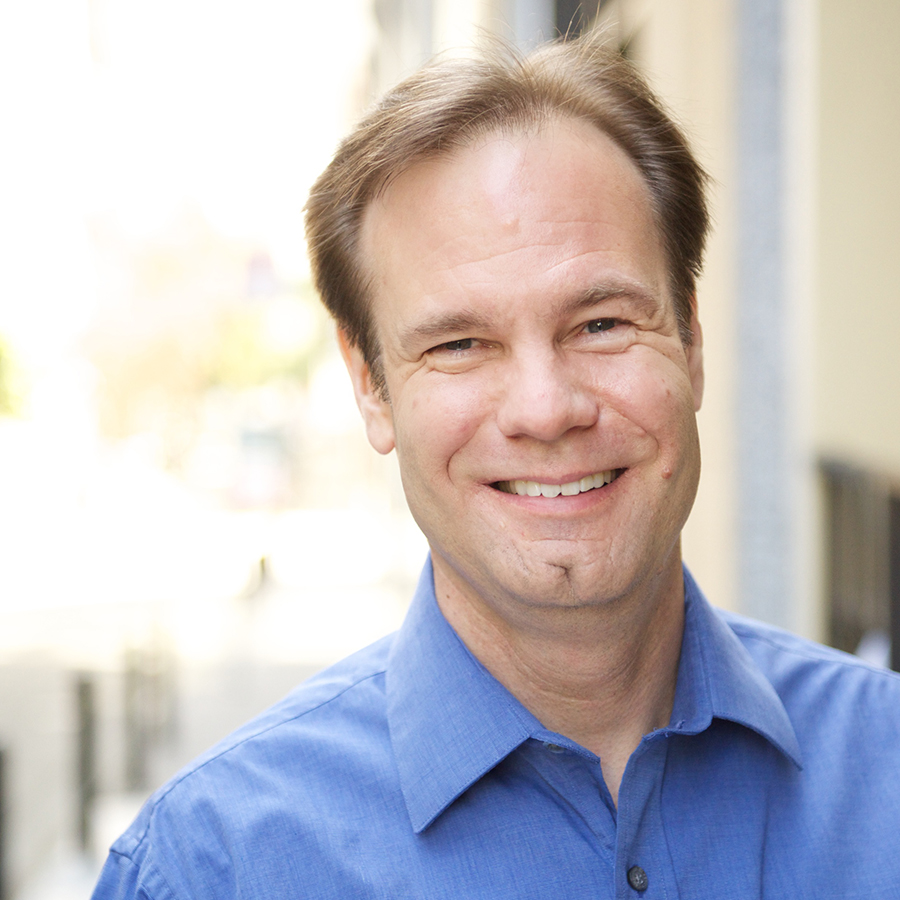The commercial drone package delivery sector is growing rapidly, with multiple operators looking to gain...

Sonoma Baylands Wetland Restoration Project
The Sonoma Baylands Wetland Restoration Project (Sonoma Baylands) has restored 348 acres of formerly diked farmland in southwestern Sonoma County and is considered one of San Francisco Bay’s pioneering restoration projects.
Why does this project matter?
The site, once part of an extensive tidal wetland system along the north margin of San Pablo Bay, was diked and drained for agriculture in the late 1800’s. The design approach was to create appropriate conditions whereby a marsh would evolve in response to natural processes. The design and implementation planned for natural sedimentation to raise the marshplain above dredged material placed on the site and to allow tidal channels to form naturally as tidal exchange increased and native marsh vegetation was established within the restoration site.
What is ESA doing to help?
ESA worked with the California Coastal Conservancy, the Sonoma Land Trust, and the Army Corp of Engineers to prepare the hydrology and geomorphology components of the restoration design. Before opening the site to tidal action, the team determined that clean dredged materials could be used to raise its surface elevation in order to speed the marsh’s geologic and biologic evolution. Using material dredged from a shipping channel project for the Port of Oakland, Sonoma Baylands became one of the first restoration project in the Bay Area to use dredged sediment. The team also pioneered the practice of allowing ecologic goals to determine the amount and placement of the dredged material. Due to its large size and windy environment, the design also incorporated features to limit wind wave energy within the site.

After the project’s completion in 1996, ESA conducted yearly monitoring of the restored tidal marsh through 2016. The monitoring included a combination of topographic surveying, photographic documentation, and water level monitoring to characterize the rate and pattern of outboard and inboard tidal channel erosion; changes in tidal prism, sediment deposition, and consolidation; constructed levee and peninsula subsidence, and vegetation establishment. Monitoring was also used to determine the occurrence of benthic macroinvertebrates, birds, and fish. The data gathered during the monitoring of this “First Generation” project was used to inform later second generation projects, like the Hamilton Wetlands Restoration, in the restoration design.
Connect with our team
Details
Client Sonoma Land Trust, California Coastal Conservancy, US Army Corps of Engineers San Francisco District
Location Sonoma County, California
Market Natural Resource Management
Services
Restoration
Wetland Restoration

News & Ideas
ESA is leading dozens of restoration projects across the Pacific Northwest, in collaboration with tribes...
This new framework marks a significant change in how historic resources are considered during environmental...
Drones are reshaping industries from infrastructure, to agriculture, to emergency response—and the FAA's proposed new...
With the shutdown behind us, federal agencies and Congress are shifting back into gear and...
Kay will lead ESA’s firmwide growth strategy, aligning business development, client engagement, and marketing to...









